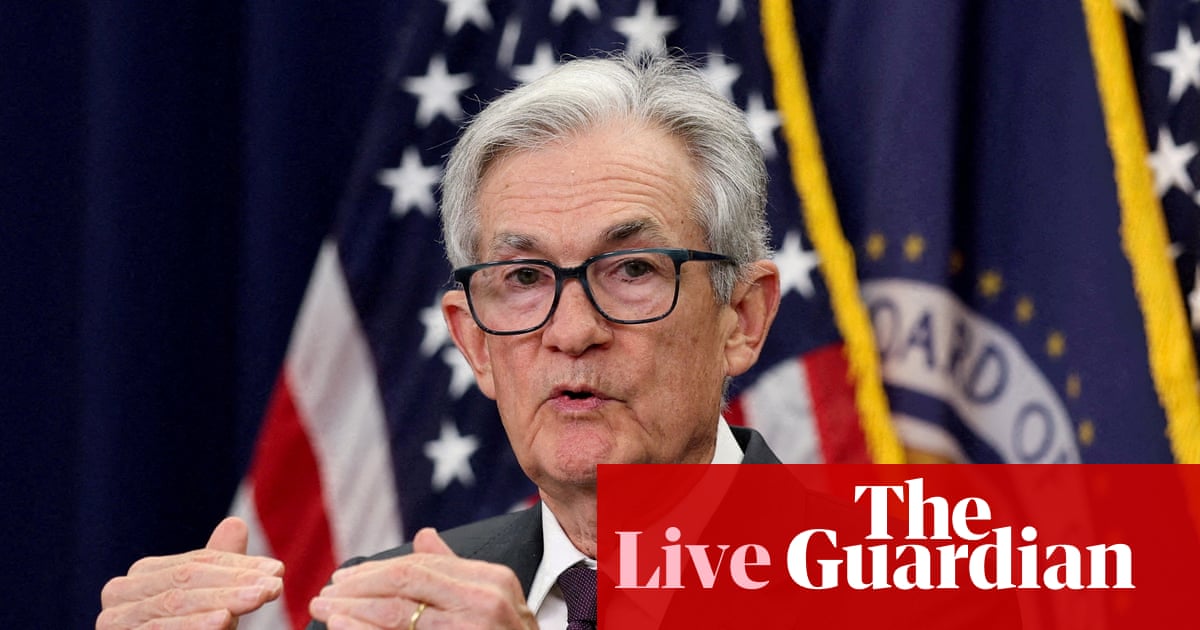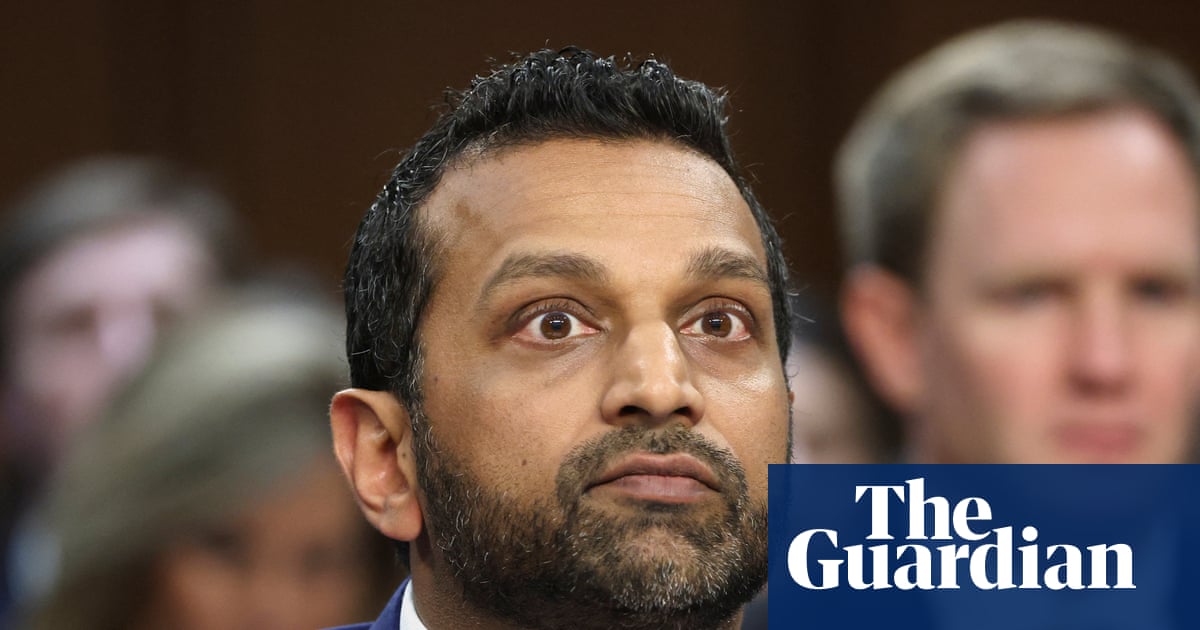The US Federal Reserve cut interest rates on Wednesday, its first rate cut since December, as the central bank moved to stabilize a wobbling labor market even as Donald Trump’s tariffs continue to push up prices.
Rates are now at a range of 4% to 4.25% – the lowest since November 2022. But the decision is unlikely to satisfy Trump, who has lambasted the Fed for acting “too late” and called for a far bigger cut.
Fed chair Jerome Powell will deliver remarks on the economy and answer questions from reporters during a closely watched press conference scheduled for 2.30pm ET that looks set to be one of the strangest in the Fed’s history.
Last month, Trump fired Fed governor Lisa Cook, claiming she committed mortgage fraud by listing two properties as her primary resident on mortgage applications. But a federal judge and an appeals court have blocked Trump from removing Cook from her post, though the White House has appealed to the supreme court.
Amid the fiasco, a separate Biden-appointed Fed governor, Adriana Kugler, suddenly resigned from her post in August. Republicans quickly moved to get her replaced with Stephen Miran, the current chair of the Council of Economic Advisors. The Senate confirmed Miran on Monday.
Miran was the lone dissenting voice on the rates decision. The Fed said he “preferred to lower the target range for the federal funds rate by 1/2 percentage point at this meeting”.
The dilemma for the Fed is that lowering interest rates will make borrowing money cheaper, at the risk of potentially causing prices to rise.
Powell first hinted that the central bank was leaning toward a rate cut during his speech at the Fed’s Jackson Hole symposium at the end of August. At the time, Powell pointed to uncertainty around immigration and trade policy as significant sources of uncertainty for the economy.
The labor market, Powell said, is experiencing a “curious kind of balance” where the supply and demand for workers have slowed. He warned of “downside risks” to the jobs market that could see higher layoffs and unemployment.
Such risks seemed to materialize when federal jobs data for May and June showed the number of jobs added to the economy was revised down by 258,000. Though the labor market picked up slightly in August, the unemployment rate rose to 4.3%, the highest since 2021.
At the same time, Trump’s tariffs have caused a slow but steady increase in prices. Inflation in August climbed to 2.9% after dipping down to 2.3% in April. The Yale Budget Lab estimates that tariffs will cost households an average of $2,300.
after newsletter promotion
What remains unclear to economists is the nature of these tariff-related price increases: will they amount to a one-time price increase, as companies pass on tariff costs to consumers, or will the impact on inflation be more permanent?
The biggest concern for economists is the possibility that unemployment and prices continue to rise, which could lead to what economists call “stagflation”.
For now, Fed officials believe that the labor market is a bigger concern, though prices are still likely to increase at higher rates. The director of the nonpartisan Congressional Budget Office told CNBC Tuesday that tariffs have already made prices increase at a faster pace than was initially anticipated.
Wednesday’s rate cut comes at a tense political moment for the Federal Reserve after Trump’s months-long campaign to get the central bank to cut rates. After threatening to fire Powell, and then accusing him of fraud over renovations at the Fed’s headquarters, Trump unsuccessfully tried to fire a Biden-appointed Fed governor.

 German (DE)
German (DE)  English (US)
English (US)  Spanish (ES)
Spanish (ES)  French (FR)
French (FR)  Hindi (IN)
Hindi (IN)  Italian (IT)
Italian (IT)  Russian (RU)
Russian (RU)  2 hours ago
2 hours ago
























Comments